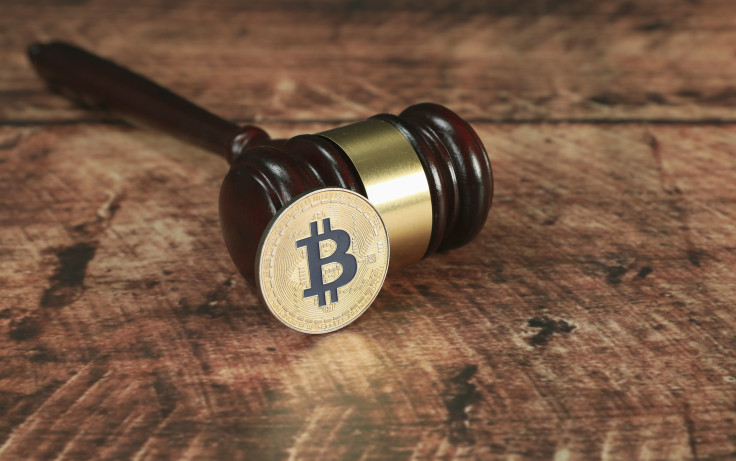How Regulations Affect The $171 Billion Stablecoin Market

KEY POINTS
- US Treasury Secretary Janet Yellen previously said there was a lack of oversight in stablecoins
- OKX delisted USDT pairs in Europe earlier this year, citing the need to comply with regulations
- Europe's MiCA took stablecoin regulation to a whole new level: Deenar co-founder Maruf Yusupov
- If a few crypto companies can comply, all firms can "adjust" their business toward compliance, Yusupov said
Stablecoins saw rapid growth since they first emerged 10 years ago, and they are expected to continue expanding in the coming years under the new digital economy. With the rise of stablecoins and the broader cryptocurrency and blockchain industry comes increased regulatory oversight, and in some jurisdictions, a lack of regulatory clarity.
So far, the European Union has launched stablecoin-centric rules under its Markets in Crypto-Assets Regulation (MiCA). The stablecoin regulations took effect late in June, which includes a provision for crypto exchanges to de-list certain non-compliant stablecoins.
In the United States, Treasury Secretary Janet Yellen requested for federal regulations for the stablecoin segment. She said stablecoins posed risks to the financial system and said the Commodity Futures Trading Commission's lack of oversight authority in the said crypto sub-segment was a regulatory gap.
Regulatory Oversight Could Affect Adoption Rate?
For Maruf Yusupov, co-founder of Deenar (DEEN), a new gold-backed stablecoin, the already massive stablecoin market value of $171 billion promises room for more growth, but "the growing regulatory oversight might impact the adoption rate" of stablecoins. He noted how the U.S. Financial Stability Oversight Council (FSOC) recently shared a guideline that focuses on more transparency among stablecoin issuers.
"The impact of this guideline for compliant stablecoin issuers in the United States is positive. However, for players with questionable business outlook, this might further limit their move toward compliance overall," Yusupov told International Business Times.
Yusupov's statements are backed with recent events across the crypto space that suggest compliance may be an issue for some firms and exchanges that offer stablecoins.
Earlier this year, crypto exchange giant OKX delisted Tether (USDT) pairs in Europe, ahead of the MiCA's adoption. The USDT is the world's top stablecoin. At the time, OKX told its customers that "modifications were essential for us to comply with regulations and uphold the security of our platform."
MiCA's Sweeping Impact
Yusupov noted that the MiCA "places embargo on algorithmic stablecoins in a bid to prevent related implosion like that of TerraUSD (UST)." The Terra-Luna stablecoin empire's shocking collapse is a phenomenon that continues to haunt the crypto industry even with its founder Do Kwon charged with multiple fraud-related counts.
While the MiCA may have been designed to block a potential repeat of the Terra empire's crash, there are concerns that the sweeping laws may purge the bloc of crypto service providers who find it difficult to comply.
"Beyond the new guidelines from FSOC, the Markets in Crypto Assets law takes the stablecoin regulation to a new level," Yusupov said.
How Will the Stablecoin Segment Survive?
With exchanges like OKX already moving to "comply" with regulations by delisting certain coins, it's apparent that regulatory bodies will only continue to come up with rules for crypto sub-sectors.
Furthermore, the broader crypto and blockchain sectors are only growing, prompting regulators in many countries to start paying attention to various crypto related products and services. Yusupov said industry stakeholders believe that stablecoins can still "achieve its peak utility if there is an unconditional embrace of proactive laws."
He went on to note that if a few crypto companies and stablecoin issuers can comply with emerging rules, "then all firms can adjust their businesses to comply." At the end of the day, the crypto industry asked for it – regulatory clarity.
© Copyright IBTimes 2024. All rights reserved.






















